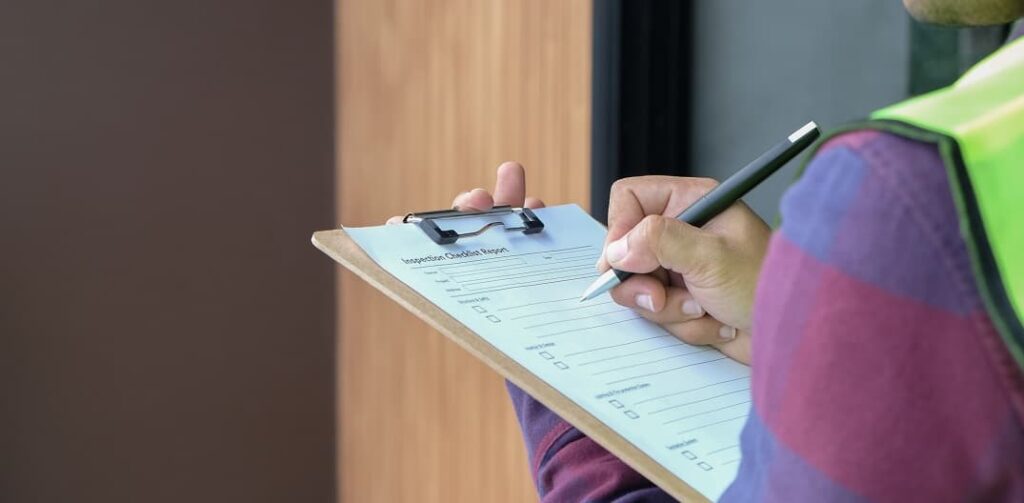What to Include in a Fleet Inspection Checklist

Inspection of your fleet is crucial to ensure your vehicles function perfectly. A fleet inspection does not only mean inspecting several parameters of your car. Instead, it also includes checking for the driver’s ability and keeping all the information of the latter. However, a fleet inspection can be complicated because of the several things you need to inspect, and hence it is crucial to have a proper checklist for this. A fleet can comprise several parts, such as a fleet GPS tracking system. Maintaining a fleet inspection checklist helps you complete all the necessary inspection activities in order and ensure you do not miss out on any. What to include in your fleet inspection checklist? Read on to know.
Basic Information
It is crucial to have sufficient information about the vehicle and the driver to avoid unwanted consequences in the future and thus, ensure the greater safety of your fleet. The general information includes the vehicle’s number and an odometer reading to account for the mileage and use of the car. It should also include the basic details of the driver like his name, address, age, and so on.
Checking the Interior of the Vehicle
The interior inspection checklist helps ensure the proper performance of several internal parameters of the vehicle. This includes checking for the driver’s cleanliness so that you can swap drivers in different cars, check whether the brakes are working, the horn is audible, seatbelts are easy to use, and more.
Inspecting the Exterior of Your Vehicle
You might often feel that checking the external parameters of your vehicle is not important, and inspecting the internal parameters alone can be enough. However, that is not true. It is crucial to check your car’s lights for them to send the right signals and avoid accidents. You must check for the condition of the tires regularly to detect any issue with them. Make sure you look for holes in your tires, sharp and pointed objects, or flat tires during the inspection. Remember to check for scratches or dents on your vehicle’s body too. Though this might not affect their performance directly, you must ensure your vehicles are properly maintained.
Checking for Emergency Equipment
Every emergency equipment in your system helps you protect the safety of your driver and your vehicle. Thus, you must inspect the safety equipment regularly and ensure they are working properly. These include jumper cables, a spare tire, coolants, motor oil, and much more. Remember, your driver can use these items when no mechanic is nearby. You must also keep a fire extinguisher and a first-aid box in your vehicle to protect them during accidents.
Check the Mechanical Parameters
The mechanical factors are the most crucial bit of inspecting your fleet. These include checking the oil levels and ensuring an oil refill is scheduled before the vehicle runs out of it. The process should also have a planned engine inspection to ensure no leaks. Leaks can be harmful and drain a lot of resources. You must also check the battery performance of your vehicle to detect any voltage fluctuation or other issues. Remember that ignoring these can be fatal for your fleet, so you must regularly inspect the mechanical parameters. This is why having a fleet GPS tracking software is important.




